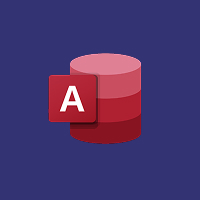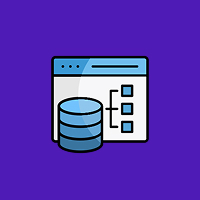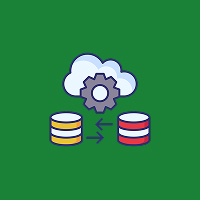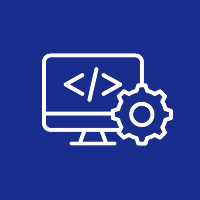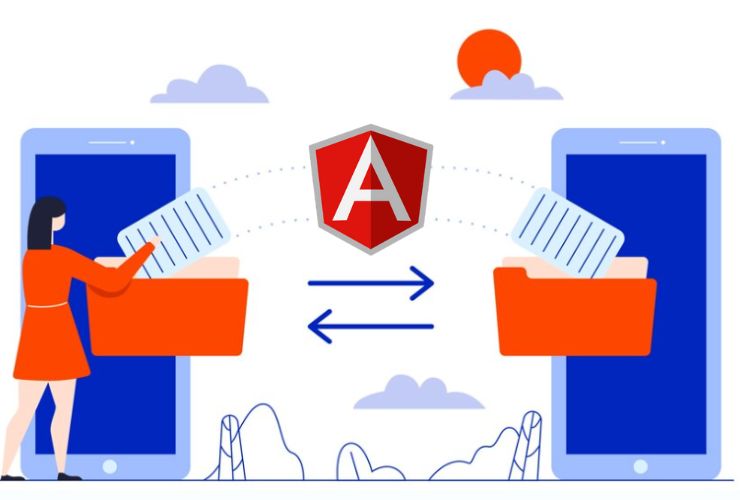MySQL Workbench is an essential program for anyone interested in using MySQL databases. As a developer or a new user, it simplifies database administration, querying, and designing. Its simplicity and adaptability, MySQL Workbench can make your work more efficient and improve your productivity.
In this complete tutorial, we shall guide you step by step on the basics of MySQL Workbench, from downloading to key functions, and utilize it for carrying out different functions such as executing SQL queries, database management, and schema designing.
What is MySQL Workbench?
MySQL Workbench is a MySQL database-specific integrated development environment (IDE) that provides tools that will enable you to have an easy time working with the databases, some of which are:
- SQL Development: Create, execute, and tune SQL statements with syntax coloring and auto-completion integrated.
- Database Design: Visually design and modify database schemas with a simple-to-use design interface.
- Server Administration: Monitor server status, administer user accounts, and change server settings.
- Data Modeling: Model and design your database schema with the aid of entity-relationship diagrams (ERD).
All of the above features, MySQL Workbench simplifies both novice users and professional developers’ database administration.
MySQL Workbench installation
Prior to implementing MySQL Workbench, you must install and configure the tool on your system. It is a simple process
- Download: Visit the official MySQL Workbench download page to download the correct version for your operating system (Windows, macOS, or Linux).
- Install: Follow the on-screen prompts to install the software on your computer.
- Connect to MySQL Server: Install MySQL Workbench first, then open it and establish a connection to your MySQL server by providing the hostname, username, and password.
After connecting, you will be ready to start maintaining your databases and creating queries.
Handling the MySQL Workbench Interface
MySQL Workbench comes with a friendly interface through which you can comfortably perform a variety of database-related tasks. Some of the most essential parts you will find are:
- Home Screen: Here you begin, where you have your saved connections, recent queries, and frequently used operations.
- SQL Editor: A strong place where you can write and run SQL queries. The editor has syntax coloring, query completion, and error checking to make SQL more convenient to use.
- Modeling: Where you can model your database schema, create tables, and specify relationships between tables.
Server Administration: You can monitor server performance, logs, and user privileges in this tab.
Each section is for a particular purpose, so it is easy for you to carry out several database management operations.
Creating and Administering Databases
It is simple and fast to make a new database in MySQL Workbench. Once you open the SQL Editor, you can use simple SQL statements to create and manage your databases. MySQL Workbench simplifies it in the sense that it enables you to design and alter schemas visually with its graphical user interface as well.
You can:
- Create New Databases: Use SQL Editor to run commands for creating new databases.
- Manage Existing Databases: After you’ve established a database, you can manage tables, data, and options within the database within MySQL Workbench.
Executing SQL Queries
SQL Editor is perhaps MySQL Workbench’s most featured addition. Here, you enter and execute SQL queries. Within this space, you are permitted to pull data, manipulate tables, and execute advanced commands.
The editor even offers real-time feedback, which you will notice in the query entry field. It highlights syntax errors in the SQL query, which makes it rather simple to identify and correct mistakes.
Whether you’re executing a simple SELECT query or executing more complex data manipulation, MySQL Workbench makes the process simpler.
Designing Database Schemas
Another feature of MySQL Workbench that is strong is its data modeling feature. Through this feature, you can model your database schema visually by specifying tables, fields, and relationships between entities.
- Create New Models: You can create a new database model, specify tables, and see how the tables are related to one another.
- Generate SQL: After your model is completed, you can generate the SQL code that will create the tables and relationships in the database.
- This graphical method enables your database design to be logically clean and organized.
Managing Users and Access Permissions
It is a breeze to manage users and user permissions using MySQL Workbench. If you are either the database admin or assigning privileges on behalf of given users, you can:
- Create Users: Create new user accounts that include default resizable access controls.
- Grant Privileges: Set all users’ privileges to specify actions they can or cannot do (i.e., SELECT, INSERT, UPDATE, DELETE).
- User administration is also a critical aspect of database security, which prevents unauthorized users from accessing sensitive information.
Best Practices to Use MySQL Workbench
To use MySQL Workbench optimally, follow these best practices:
- Use Query Templates: If you run the same queries over and over, save them as query templates to quickly execute.
- Backup Your Databases: MySQL Workbench has tools to backup your databases. Backup regularly so that data will not be lost.
- Stay Updated: Update your MySQL Workbench with the latest version, as updates usually include new features and bug fixes.
- Master SQL: The more you know about SQL, the more proficient you will be in using MySQL Workbench to manage your databases.
Conclusion
MySQL Workbench is indispensable for all individuals who operate on MySQL databases. It enables seamless execution of such activities as the creation and manipulation of databases, query running, and schema design, hence an indispensable instrument to both beginner and advanced users alike.
With the help of the steps and suggestions outlined in this handbook, you will be better able to use MySQL Workbench, boosting your productivity level when working with database administration and SQL modeling. When you are working with servers or tuning databases for their performance, you have MySQL Workbench available. Start today and unlock the full potential for your MySQL databases!
Contact Us Today













 Database Development
Database Development




